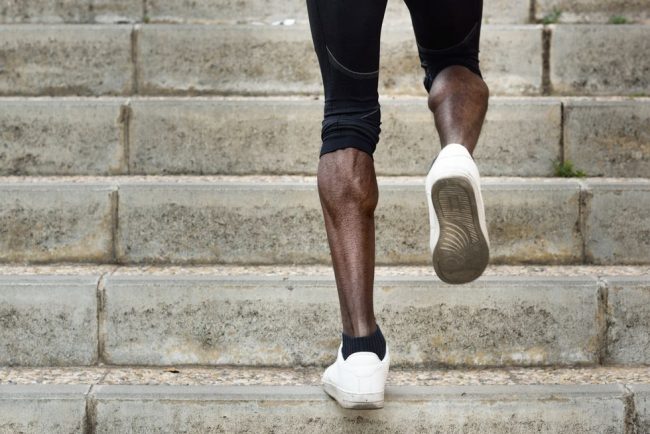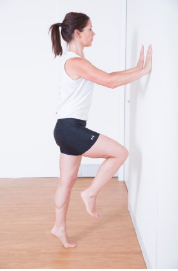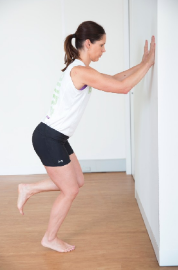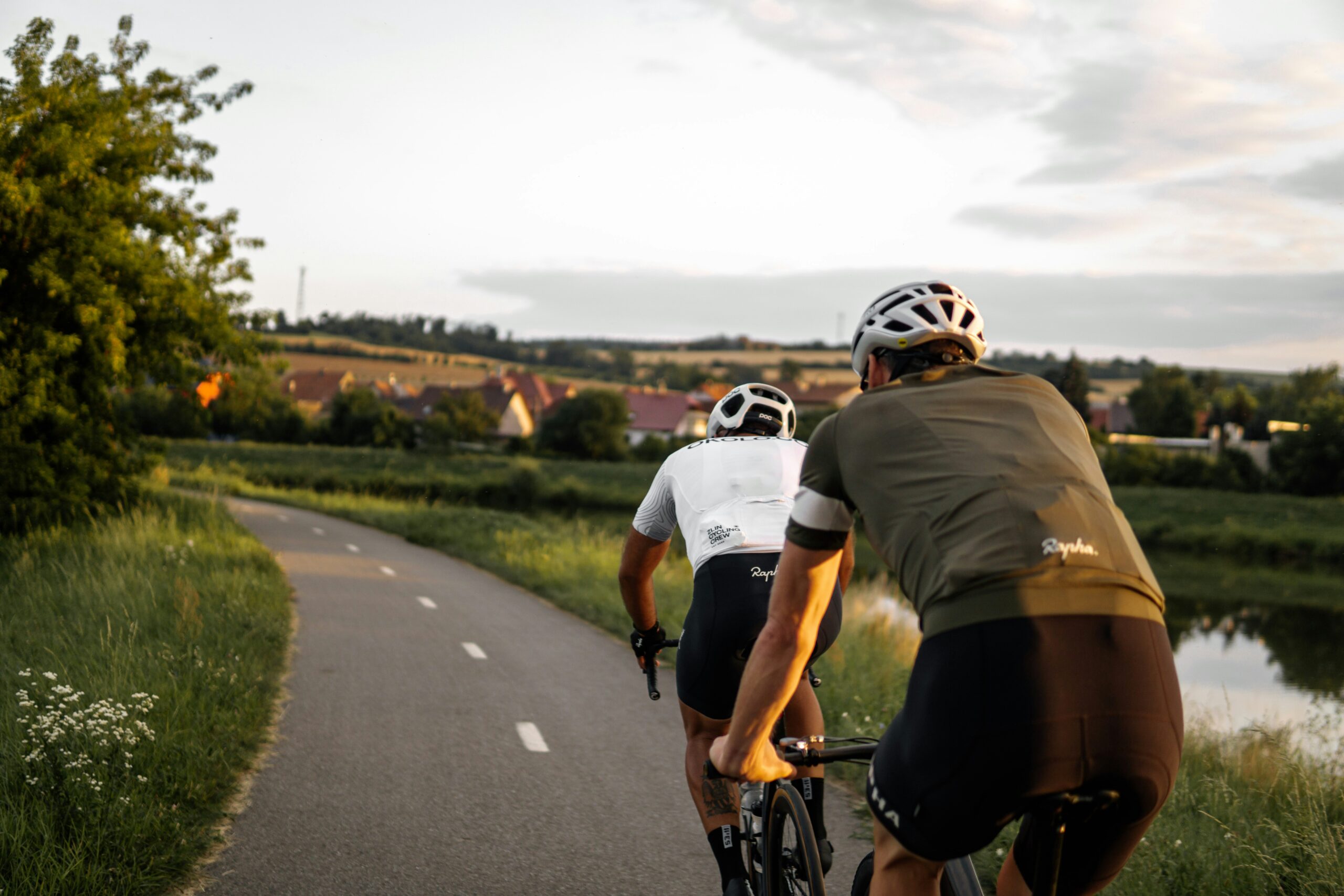Runners Don’t Forget your Calves!
Published on
19 Jul 2019

Call us on: (03) 9975 4133
With Melbourne Marathon festival coming up twelve weeks, and Run Melbourne in a couple of weeks, Cara Peake explains why it is so important to remember the important role our calf muscles play in running.
Runners often complain about tight calves and wouldn’t dream of doing a calf raise at the risk of jeopardising their next run. But you might just find if you spend some time strengthening your calf muscles they will not only feel better but also perform better!
What is our calf?
The calf muscle is actually made up of two muscles – the gastrocnemius (known as gastroc) and the soleus.
The larger and bulkier of the two is the gastroc, which runs from just above the knee and inserts via the Achilles tendon onto the heel. This muscle gives the calf its shape and is responsible for pointing the ankle toward the ground, and bending the knee joint. The gastrocnemius is able to deliver considerable power and contributes to a significant amount of propulsive strength when running.
The smaller soleus muscle also helps flex the ankle and create propulsion but has a greater role in stabilisation by keeping the tibia over the heel bone, which stops you falling forwards. The majority of the muscle is made up of slow twitch fibresand as a result the soleus is the workhorse in endurance/long distance running.
What is the role of the Calf in Running?
When we run loads of up to 3-8 x your body weight is absorbed by your skeletal system. The calf complex is the first contact point and has a significant role in dissipating the force and helping us move over our foot like a rocker. When our muscles are not strong enough to manage and absorb this force they get tight.
Weaker calf muscles also place runners at a higher risk of Achilles tendon overuse injuries as there is greater stress being placed on the tendon (Nele et al, 2006).
Not only do strength gains reduce injury risk but have also been shown to improve performance over a 3km time trial. A study by Sedano et al (2013) compared an endurance program with a strength and strength endurance program. Both strength programs, which consisted of variations of plyomtric and
resistance training, showed improvements in performance.
So, less injuries and a faster performance sound pretty good…need some ideas?
How do we make our calves stronger?
1. Aim to complete 2 strength sessions a week.
2. Start with body weight. Goal 3 x 15reps.
3. Once you have mastered body weight start to build into higher weight and
lower reps.
4. Plyometrics are a fantastic addition but the runner needs to make sure
they have done enough conditioning before literally leaping into
plyometrics. (Plyometrics are exercises where a muscle exerts a maximal
force in short intervals of time e.g. hopping).
Calf Raise with a Straight Knee – Targets the Gastrocnemius

Calf Raise with a Bent Knee – Targets the Soleus

Remember as with any strength or conditioning program it is best to do this slowly…and start at least 3 months out from your event. It takes a muscle time to adapt to increased loads, so this is not going to be a quick fix. Consider this program in line with training for Melbourne Marathon with at least a three month lead time, but ideally even more!
And better still, come into the Pure clinic and have a tailored complete assessment of your running technique, assess how effectively you are using your calves whilst running, and assess your current calf strength in isolation. From here a safe and graduated program can be created by Cara and our rehab team at Pure.


